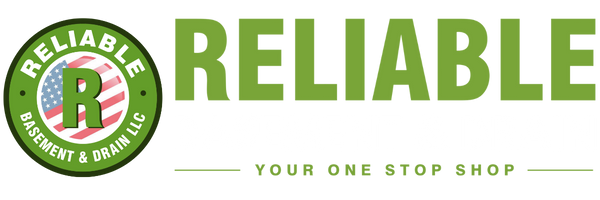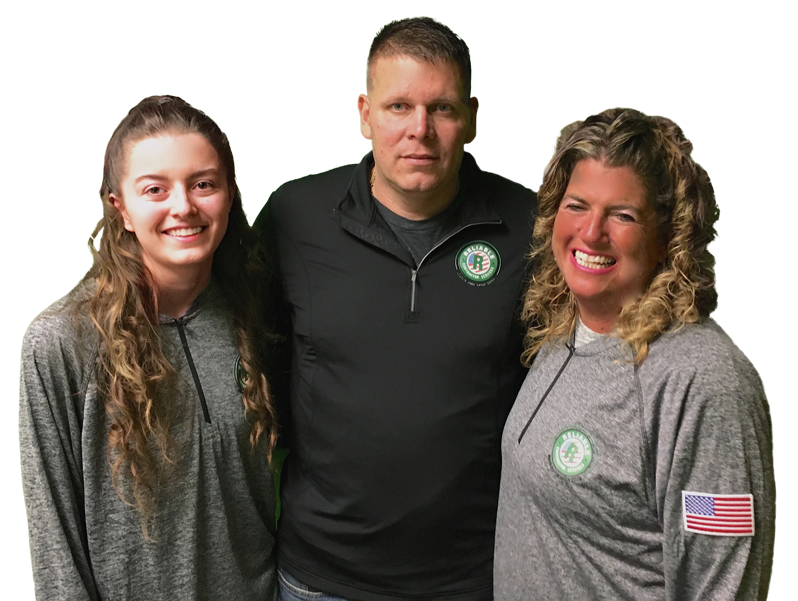The Best Sump Pump – 5 Things To Know Before You Buy
Your sump pump is the heart of your home’s ground water drainage system. If it fails you’re only one storm away from a potentially expensive flooded basement. This is why it’s important to look for the very best sump pump.
Finding the right pump can be difficult however, because manufacturers of less reliable pumps use words like “rugged,” “corrosive resistant,” “thermoplastic” and “life time warranty” to make their mediocre pumps sound better. So how can you be sure you’re buying the best sump pump to meet your need? First determine your need. During the next heavy rainstorm, notice how often your pump turns on and off. If it’s every minute, you’ll need a different pump than if it’s every 10 minutes. Make a point to do this before you shop. Buying too much pump is just as bad as buying too little.
5 Critical Factors to Help You Find The Best Sump Pump
1 – Price – In this world of Internet shopping, pricing becomes a major factor in what someone buys. But savvy shoppers remember the old adage: “You get what you pay for.” This is particularly true with sump pumps. Nine times out of ten, if you pay less for a sump pump, you’re getting less for your dollar. Remember you’re not buying a pump, you’re buying “dry basement insurance”. So don’t skimp on the pump or it will end up costing you much more in the long run.
2 – Pumping Volume – This rating tells you the number of gallons it will pump per minute (GPM) or per hour (GPH). Because you are pumping clean ground water, don’t worry about the horse power (HP) rating. A pump rated at 1/2 HP and 50 GPM, pumps the same amount of water as one rated at 1/3 HP and 50 GPM.
Words of Caution – Don’t look for the most GPM you can find. Buying more than you need is like buying a race car to drive to the grocery store. Oversized pumps short cycle, causing them to wear out prematurely. Imagine driving that race car to the grocery store, and turning your ignition on and off at each stop sign. That’s what short cycling is like.
Also, make sure you check the pump’s packaging for the GPM as it relates to “head” height. Your basement pump likely needs to pump water about 10 feet high to get it up and out to your yard. So make sure you look at the GPM ratings for a head height of 10 feet.
3 – Case Construction – This is important because the metal part inside the pump that sucks in the water spins thousands of times a minute. This spinning quickly and dramatically heats up that metal part, as well as the outside case holding it in place. The best sump pumps have cast iron cases because they aren’t affected by that kind of heat. However, pumps with plastic cases, even “theromoplastic” cases distort from such heat. When the plastic case distorts, so does the operation of the spinning part, causing excessive internal wear. The more the inside wears, the more the spinning distorts and the more the inside wears. It’s a vicious cycle.
4 – Warranty – The simple truth about warranties is this: You should purchase a product as if it doesn’t have a warranty. That way you select a product based on its qualities, rather than letting the warranty be your main selection criterion.
Warranties for some of the best sump pumps are only 1 to 3 years. This is because a well-built pump should last 8 to 12 years unless a defective part made its way into the pump during assembly. If it did, that part will usually fail within 1 to 3 years of normal use. So if a pump makes it past the first few years of warranty coverage, the chances are very good that it will last for many more years to come.
5 – Float Switches – As great as a pump may be, it’s only as reliable as the switch mechanism that senses the water level and tells it to turn on or off. The most reliable designs have mechanical switches and solid floats that move up and down vertically.
Problematic switch designs usually include these:
Hollow plastic floats – This float type is essentially a plastic, air-filled bubble. But when the plastic splits and water gets inside, it loses its ability to float.
Tethered float – The problem with this switch style is it needs room to swing up and down. If you have a sump basin where the inside has ridges, more than one pump, or loose electrical cords, a tethered float switch can easily get caught on something and not raise or lower properly. Imagine someone trying to swing a golf club inside a city bus. The chances of catching on something during the upward and downward swings are similar to a tethered float’s chances inside a crowded basin.
Keeping these 5 factors in mind should help you find the best sump pump to give you years of trouble free service. If you want to learn more about sump pumps, we’ve tested most of them in our Sump Pump Research Center, so give us a call. We can help you with all the information and advice you’ll need to select the exact pump that’s right for you.Get in touch with us:
214 E 34th Street Lorain, Ohio 44055
Phone: (440) 324-2380
Emergency: (440) 865-0957
Email: kwsewer53@gmail.com

